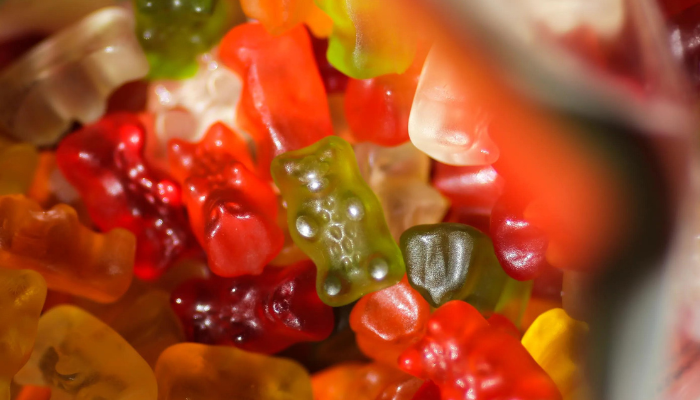CBD Hemp Flower: Its Origin and Interaction with the Body
CBD has been the second most popular cannabinoid following Delta-9 THC. Its non-psychoactive therapeutic benefits make it a go-to solution for many. So, it is little wonder that people look for different ways to add it to their daily lives. CBD is available as edible, inhalable, and topical products, but some people go straight to the source: CBD hemp flower. In this article, you will learn about the lesser-discussed aspects of CBD and hemp.
Where Does CBD Flower Come From?
Hemp is a cannabis sativa plant, and you may call it weed. In the US, it differs from weed if it produces less than 0.3% THC, the intoxicating cannabinoid you call weed, marijuana, ganja, Mary Jane, and many other names. In countries like Europe and the UK, the legal THC level must be lower than 0.2% THC.
Cannabis strains consist of regular parts like the flowers, branches, main stem, leaves, and roots. The roots anchor the plant and soak nutrients, photosynthesis occurs in the leaves, and the branches and stem support the plant and transport minerals and water to other parts of the plant, like the flowers.
Farmers grow weed for THC and CBD hemp flower. The good stuff appears in the trichomes, tiny crystals on the surface of flowers and, sometimes, the leaves. If you use a microscope, you will see them as translucent mushrooms or mini hairs, but they are resin glands containing cannabinoids, terpenes, and flavonoids. These are all phytochemicals, biologically active compounds.
Since CBD is popular and widely used, you may think they are available in high concentrations, but that is not it. All hemp strains do not offer high CBD concentrations. Cannabis breeders have been working hard and dedicating time to increasing CBD levels in the plants.
Also Read: THCA- The Substance That’s Stealing The Show
What Does CBD Hemp Flower Do to Your Body?
You must understand the endocannabinoid system (ECS) to know this. The ECS is integral to regulating various biological processes in the body. Researchers have started to call it the master regulator. It has three primary components: endocannabinoids, cannabinoid receptors, and metabolic enzymes.
CBD does not bind directly to cannabinoid receptors like THC but has a strong affinity to the CB2 receptors in the immune system, modulating and decreasing chronic inflammation.
Although CBD does not interact with the receptors as much as THC, it interacts with them indirectly. This interaction positively impacts various bodily functions, seemingly improving immune response, mood regulation, and pain perception.
Conclusion
With more people becoming aware of the benefits CBD hemp flower offers, expect a rapid rise in the demand and popularity of hemp. Also, with the legalization of cannabis becoming a possibility worldwide, the wellness industry is set to change.
Green Herbal Care Hemp, 2000 S Interstate 35 Ste Ste N3 Round Rock, TX 78681, (512) 284-9506



Comments
Post a Comment